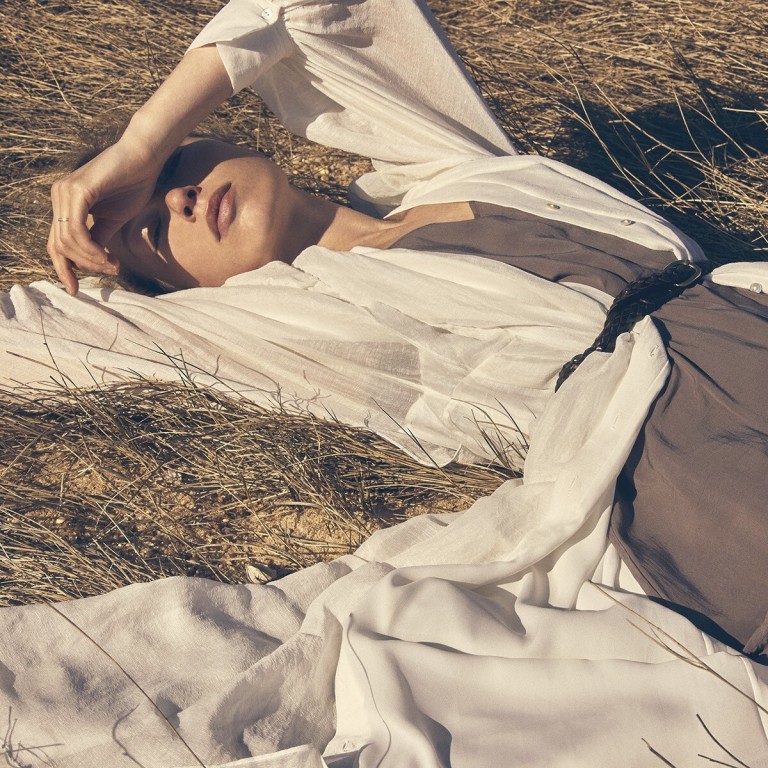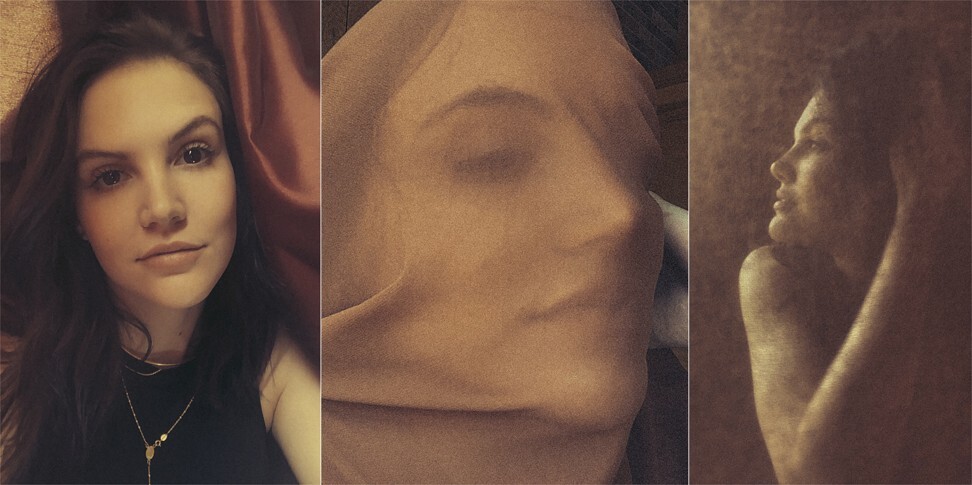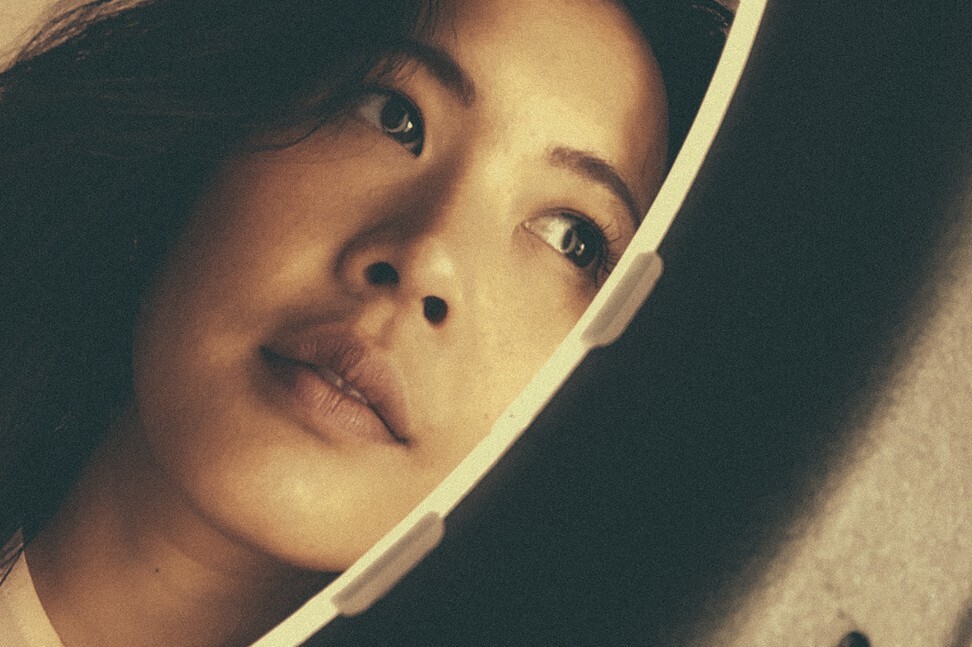
Models make fashion a home industry during pandemic, and gain more control over their image
- Covid-19 travel restrictions and social distancing have disrupted the fashion and advertising industries by preventing photo and video shoots
- Models are doing home shoots, with clothes shipped in and creative directors offering advice remotely about where to position their phones for the best lighting
The coronavirus pandemic has accelerated a power shift in the fashion and advertising world, with models and influencers by necessity wielding more control over their own images during remote photo and video shoots.
Modelling agencies are calling for companies to ship clothes directly to models, advertisers are crowdsourcing video campaigns, and creative directors are finding innovative ways to pick their best shots over Zoom.
She reached out directly to brands like Urban Outfitters, Zara and Madewell, urging them to send clothes, jewellery and handbags to her models. And she called on models to show off their personalities when shooting products themselves.

“Think of the traditional model world, who ran the world. It was photographers, videographers, it was the editors of magazines,” she said. “Now, with social media, with the digital space, it’s the talent who goes directly to the people. It has democratised fashion.”
Model Héloïse Guérin experienced this first-hand, even styling some of her own shoots entirely. Products were mailed to her home, where she and her husband, photographer Victor Demarchelier, would conduct the shoots.

“Even though we had a lot of Zoom meetings with the clients, they still left us plenty of room for creativity and freedom, which we really appreciated,” she said. “It was so much more fun than being ‘just a model,’ and felt very rewarding.”
While Guérin is well positioned to create a high-quality product with a professional photographer under her roof, not all models are so lucky.
Haart says less than half of the models she manages have had the opportunity and capabilities to shoot their own material. Still, she sees the shift toward models having more control over their personal brand as long-lasting, so she’s continuing to push in this direction, even as some models begin returning to studios.

“I don’t want to be Blockbuster,” Haart says. “I want to be Netflix.”
It’s this same attitude that led Amy Zunzunegui to change her strategy as she prepared to launch her skincare brand, WLDKAT.
When the pandemic forced her to cancel her planned launch event, she instead assembled a self-shot video campaign featuring 14 women using her products.

“We gave them images and kind of the vibe and the energy. And they did it in a silo in their own natural habitat with their own equipment,” she said. “And what’s so cool is we were allowed to give those content creators a voice.”
The adapt-or-die mentality stretched further than modelling and advertising, hitting the music and film industry as well.
Quinn XCII used a Zoom collaboration to get his voice out during the pandemic. The singer-songwriter joined with director Blythe Thomas to craft a music video for his song Coffee using footage from Zoom, security cameras and other videos shot by Quinn XCII’s wife.
Why plastic surgery is on the rise during pandemic
Thomas directed the video from New York while Quinn XCII shot from his home in Los Angeles. It took longer than expected. “We had a call the day before, we’re like, ‘Oh, this will be a five-, four-hour shoot,’” said Thomas. “And then it was like a 14-hour shoot.”
“The response has been cool,” he said. “I’m always shocked to see what I can get.”
Think of the traditional model world, who ran the world. It was photographers, videographers, it was the editors of magazines. Now, with social media, with the digital space, it’s the talent who goes directly to the people. It has democratised fashion
For him, the shift towards remote work was not necessarily a career decision, but a creative one. “You just feel like a painter,” he said. “You have to paint something.”
While artists and creatives are making do with remote work, some, like Riverdale star Cole Sprouse, have tried to avoid the Zoom and FaceTime workaround entirely.
“I think in the beginning when it was novel it looked really interesting, but I think it’s become over-saturated,” says Sprouse. “But I think whatever way people manage to do a shoot and stay safe is intriguing.”

It’s difficult to know what the lasting impact will be on these industries. Jones and Thomas predict smaller crews at photography and videography shoots moving forward. Guérin foresees occasional remote shoots even in a post-pandemic world.
Thomas says she missed the comfort of a music video set, particularly for a second Quinn XCII music video she directed, a ballad called Second Time Around that focuses on self-forgiveness.
“When something’s a little bit more serious in content as a director, you definitely want to be there and safeguard things for the artist,” Thomas says. “There is something to be said for those tried and true set days where you have all of the necessary bells and whistles.”
Quinn XCII was happy with the results, which he says show “we can still be our creative selves, even with these limitations”.

